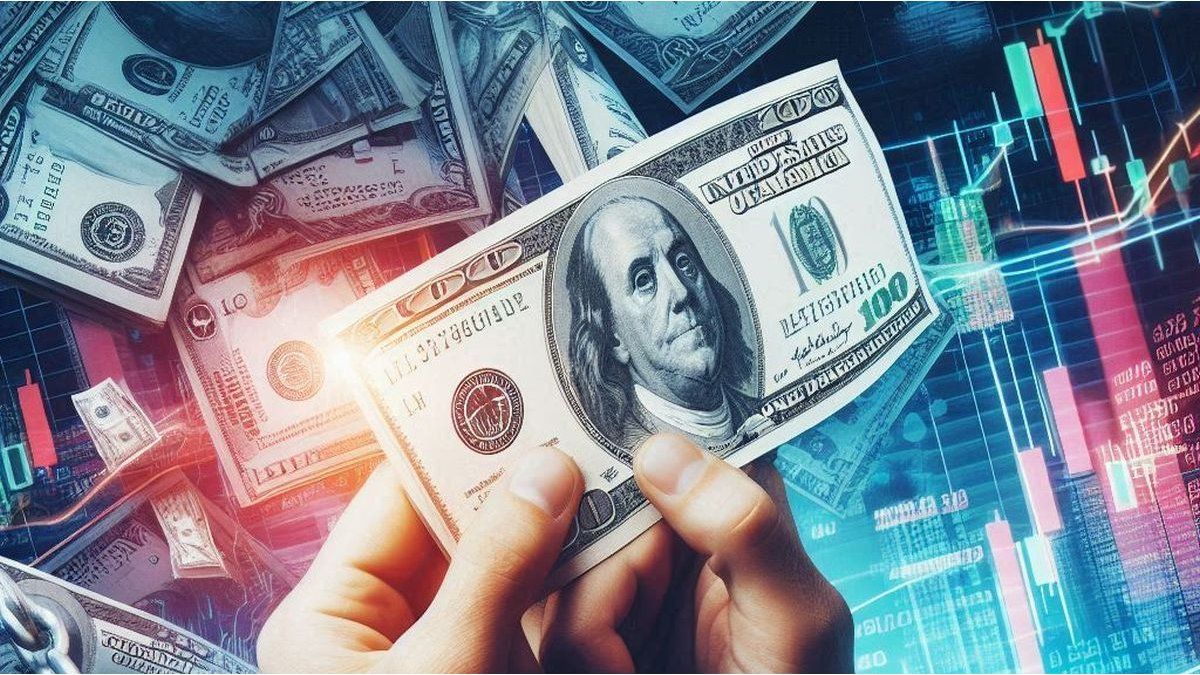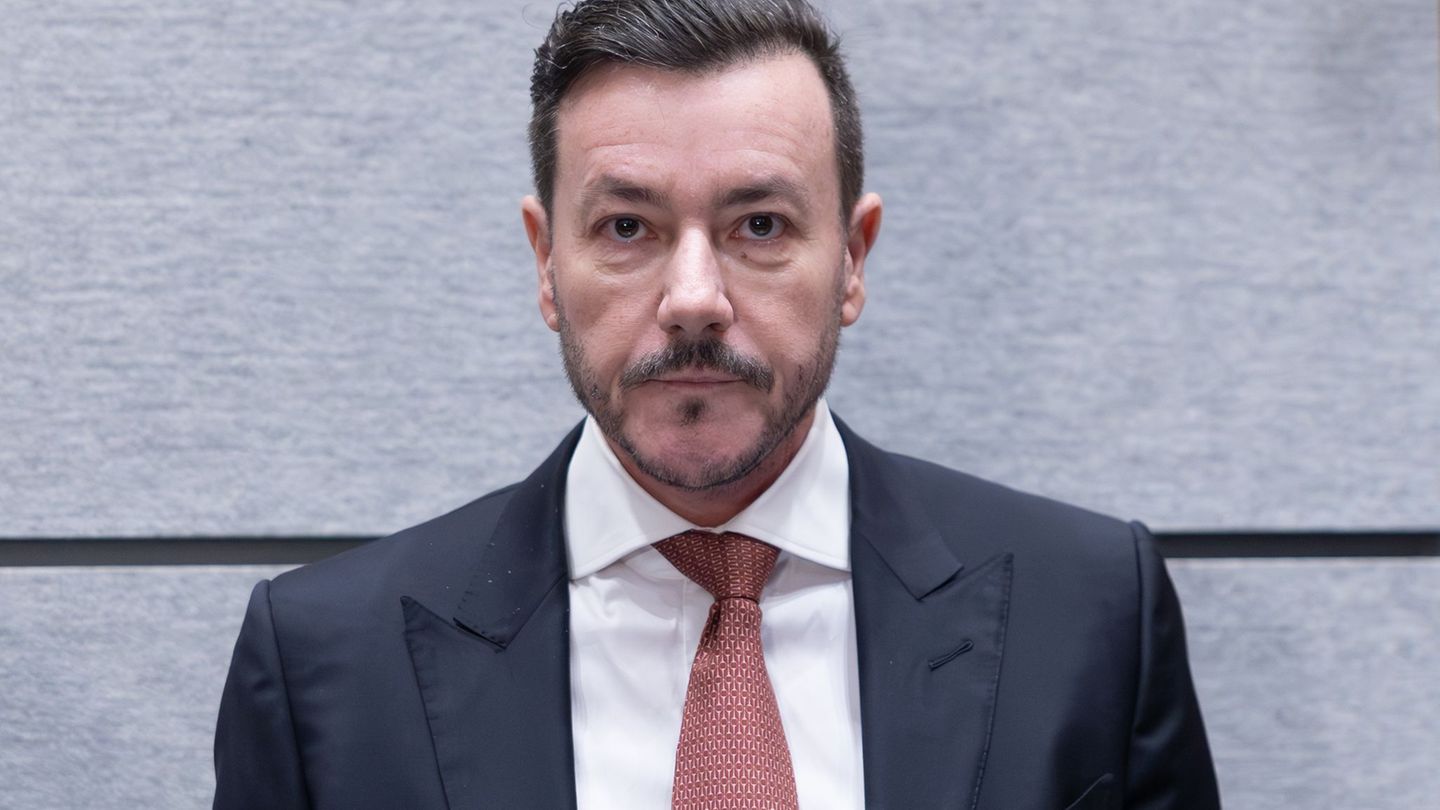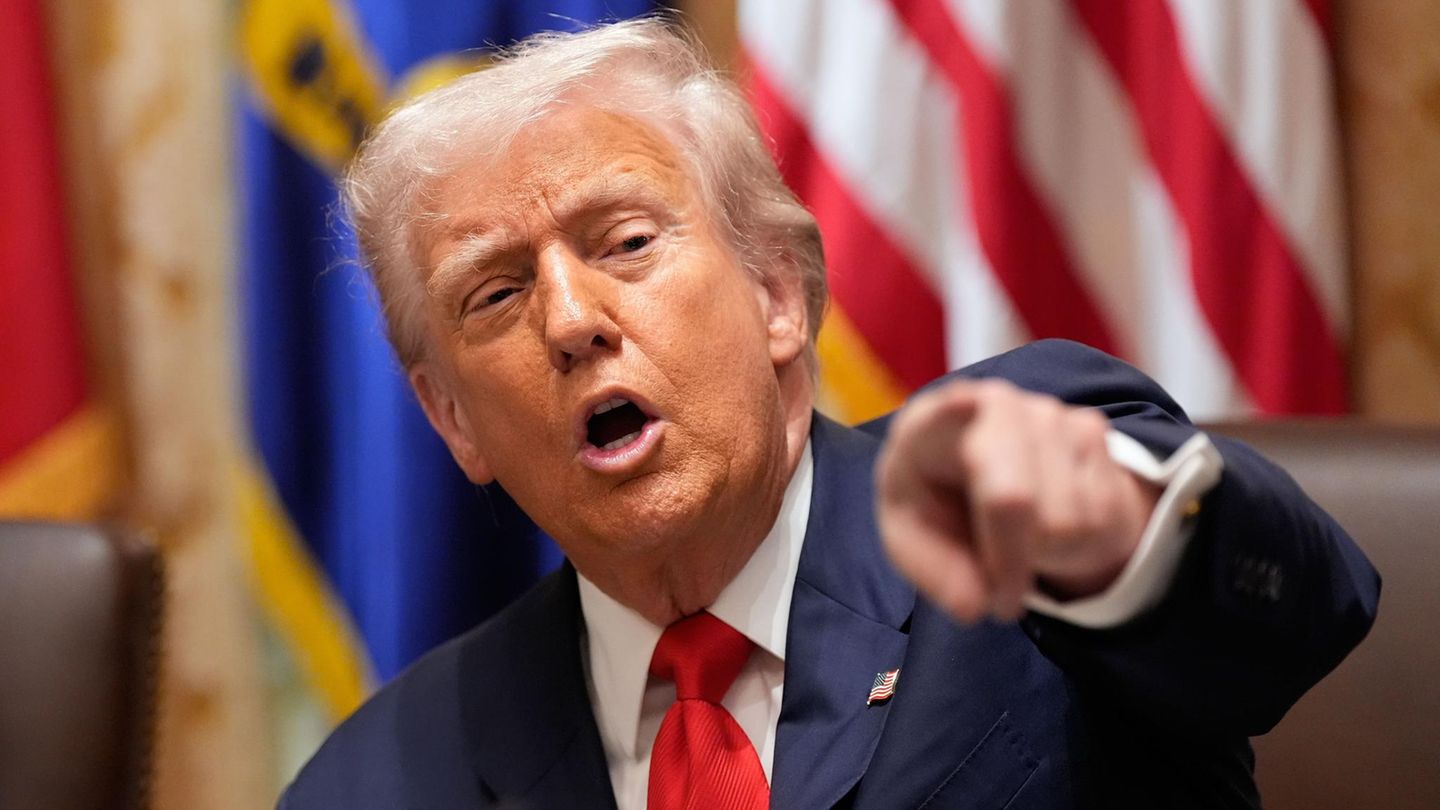The informal exchange rate climbed $35 this Friday and accumulated an increase of $80 (+5.6%) during the weekThis was the first consecutive weekly rise. Financial dollars rose, but are still behind the blue dollar.
For now, however, the most expensive exchange rate is The dollar card was located around $1,504, but the blue one was hot on its heels. He was only $4 ahead, meaning they closed almost the same.
So, The gap with the official dollar stood at 62.8%maximum level from the devaluation implemented in December by the Government of Javier Milei.
Let us remember that in June the blue leap $140 (+11.4%) and, in May, this exchange rate had already climbed $185 (+17.8%), after three months with slight fluctuations.
Blue dollar at $1,500: what signals does the market need to stop the climb?
To stop the accelerated upward dynamics of the dollar in the financial and informal markets, the market awaits official signals linked, fundamentally, with the arrival of fresh dollars, beyond the fact that it values the benefits of the new monetary scheme, which seeks to end endogenous issuance.
“The Government is aiming to stop the rise of the dollar, taking pesos off the streets. Therefore, one of the actions to be carried out, which is being negotiated with the banks, is to eliminate the puts (debt insurance in pesos). But this measure may take several months to see those results,” pointed to Ambit Pablo Lazzati, CEO of Insider Finance.
Therefore, for the specialist, the way to stop the rise of the blue is with fresh dollars or with a projection of dollars in the future. “The Government is streamlining the regulations so that the money laundering law is passed as soon as possible, since the deadline to pay the first 5% tax is September 30. In addition, it is accelerating the implementation of the Large Investment Incentive Regime (RIGI) so that in the short term they can operationally go out and collect the dollars they need,” Lazatti stressed. Another way is for an institution, such as the IMF, World Bank or the US Treasury, to lend the country the dollars needed to calm the waters and get out of the trap, he added.
For his part, the economist Gustavo Ber He told this media that “Beyond the fact that investors are waiting for greater clarity on the strategy for the exit from the currency controls, I believe that as a complement, the Central Bank could consider raising rates.” “If there are signs that clear up the uncertainty, there could be room for some easing after the recent accelerated readjustment,” he added.
For financial advisor, Federico Domínguez, “Intervening in parallel dollars would be a bad sign. Burning dollars in Argentina has never been a good strategy; it generates fear in the market.” According to his point of view“the dollar has a ceiling due to non-issuance and the fiscal anchor.”
What happens these days is that The market is speculating on an exit from the currency controls at an exchange rate closer to the parallel dollar, than the official one, and that raises expectations of devaluation. But Domínguez does not believe that this will happen, “because it could imply a jump in inflation.” “The strategy that the Government is seeking is one of convergence, maintaining the crawling peg until it can lift the restrictions and move to a new monetary scheme that will probably involve convertibility. If IMF and multilateral dollars come in, the times will accelerate,” considered.
Probably, the Government “I aim for September, to be able to close an agreement with the IMF and release the restrictions along with the reduction of the PAIS tax and the entry of dollars from money laundering,” the financial advisor concluded.
Source: Ambito
I am a 24-year-old writer and journalist who has been working in the news industry for the past two years. I write primarily about market news, so if you’re looking for insights into what’s going on in the stock market or economic indicators, you’ve come to the right place. I also dabble in writing articles on lifestyle trends and pop culture news.




